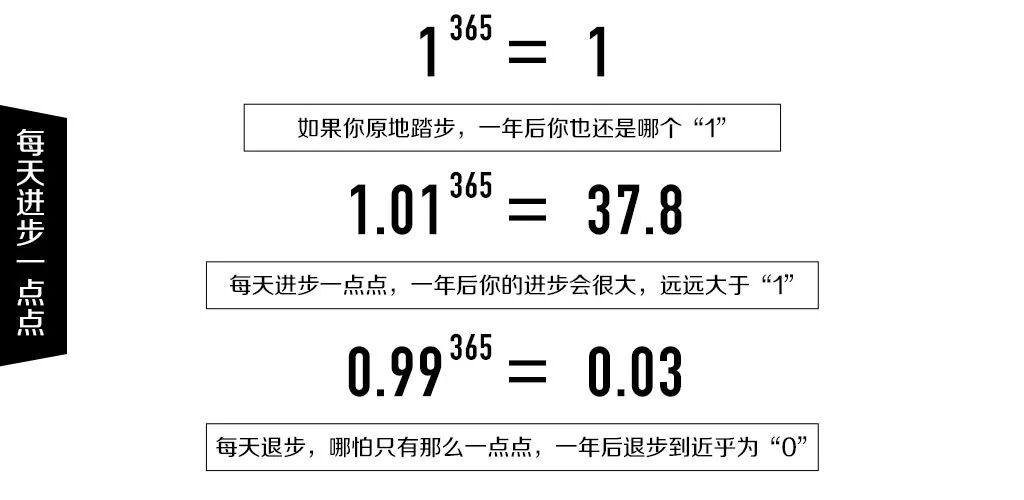The IoT gateway is a core component of IoT systems, responsible for protocol conversion, data aggregation and preprocessing, edge computing, security assurance, device management and monitoring, data forwarding, cross-domain interconnection, network management and load balancing, energy management, redundancy and fault tolerance, local interaction, multi-tenant support, and intelligent prediction. It not only breaks down communication barriers between devices and platforms but also optimizes data transmission and energy consumption, enhancing system security, reliability, and efficiency, making it an indispensable key hub in the IoT architecture.
In the world of the Internet of Things (IoT), gateways play a crucial role. They are not only the bridge between devices and networks but also the core hub for data processing, security protection, and intelligent management. This article will delve into the multiple roles of IoT gateways and their importance in practical applications.
1. Protocol Conversion: Breaking Communication Barriers
IoT devices come in various types, using different communication protocols such as Zigbee, LoRa, Bluetooth, Modbus, etc. However, most cloud platforms and data centers primarily rely on standard network protocols like HTTP, MQTT, CoAP, TCP/IP. This protocol disparity leads to communication barriers between devices and platforms. The IoT gateway acts as a protocol converter, transforming and adapting data between different protocols to achieve seamless communication and break down protocol barriers.
2. Data Aggregation and Preprocessing: Efficiently Managing Massive Data
IoT devices typically generate massive amounts of data, and directly transmitting this data to the cloud not only wastes significant bandwidth but also increases the burden on cloud computing. The IoT gateway can collect data from various devices and perform preliminary processing and filtering. For example, the gateway can denoise, compress, aggregate, or pre-analyze data, thereby reducing the amount of data transmitted to the cloud, improving transmission efficiency, and lowering bandwidth consumption and cloud computing costs.
3. Edge Computing: Low-Latency Intelligent Decision-Making
With the development of IoT, edge computing has gradually become an important computing model. Modern IoT gateways possess powerful edge computing capabilities, enabling local data analysis and decision-making. This computing model can significantly reduce latency and improve response speed. For instance, based on real-time data analysis, the gateway can quickly make local decisions without sending all data to the cloud for processing. This not only accelerates response times but also saves bandwidth resources.
4. Security Assurance: Protecting the Security of IoT
IoT devices often have security vulnerabilities and are easy targets for cyberattacks. As the first line of defense in the network, gateways can provide various security measures such as data encryption, authentication, firewall configuration, and intrusion detection. Through these measures, gateways can protect the network from malicious attacks. Additionally, gateways can encrypt data before sending it to the cloud, ensuring the security of data during transmission.
5. Device Management and Monitoring: Efficiently Managing IoT Devices
The IoT gateway is not only the data processing center but also the core of device management. It is responsible for connecting, configuring, and monitoring IoT devices. The gateway can manage and monitor the status of devices locally or remotely, such as checking whether devices are online, their health status, firmware updates, etc. These management functions are crucial for large-scale IoT applications, significantly improving device availability and management efficiency.
6. Data Forwarding and Communication Bridging: Connecting IoT to the Outside World
The IoT gateway serves as the forwarding center for data streams, responsible for forwarding data collected from devices to cloud platforms, data centers, or other networks. It can also act as a bridge between devices and external systems, handling data sending, receiving, and forwarding. In this way, the gateway ensures seamless connectivity between IoT devices and the outside world.
7. Cross-Domain Interconnection: Achieving Interconnectivity in Complex Networks
In some complex IoT systems, devices may be distributed across local area networks, wide area networks, or different network environments. The IoT gateway can achieve cross-domain connections and communications, allowing various devices to interconnect. For example, the gateway can integrate devices from different networks into a unified IoT architecture through protocol conversion and network bridging functions.
8. Network Management and Load Balancing: Optimizing Network Performance
When multiple IoT devices connect to the same gateway, the gateway needs to manage the network traffic of the devices, allocating bandwidth reasonably to avoid network congestion. Additionally, the gateway can implement load balancing across multiple physical or virtual networks, ensuring the efficient operation of the system. In this way, the gateway not only improves network performance but also enhances system reliability.
9. Energy Management: Optimizing Device Power Consumption
IoT devices typically rely on battery power, making energy management crucial. The IoT gateway can optimize device power consumption through intelligent scheduling and power management functions. For example, the gateway can adjust the wake-up frequency of devices or put them into low-power mode, extending the lifespan of devices while ensuring timely transmission of critical data.
10. Local Redundancy and Fault Tolerance: Enhancing System Reliability
In some critical IoT applications, gateways can provide local redundancy features. For instance, when the primary gateway fails, a backup gateway can take over tasks, ensuring continuous data transmission and normal operation of devices. Additionally, gateways can store data through local caching mechanisms during network interruptions and upload it once the connection is restored, further enhancing system reliability.
Conclusion
The IoT gateway plays multiple roles in the entire IoT architecture, including protocol converter, data preprocessor, edge computing platform, security device, device manager, and network bridge. It not only enables devices to connect, communicate, and collaborate but also enhances the security, reliability, and efficiency of the network. Therefore, the IoT gateway is an indispensable core component of the IoT, providing a solid foundation for the widespread application and development of IoT.


 Click the card below to discover more valuable content
Click the card below to discover more valuable content